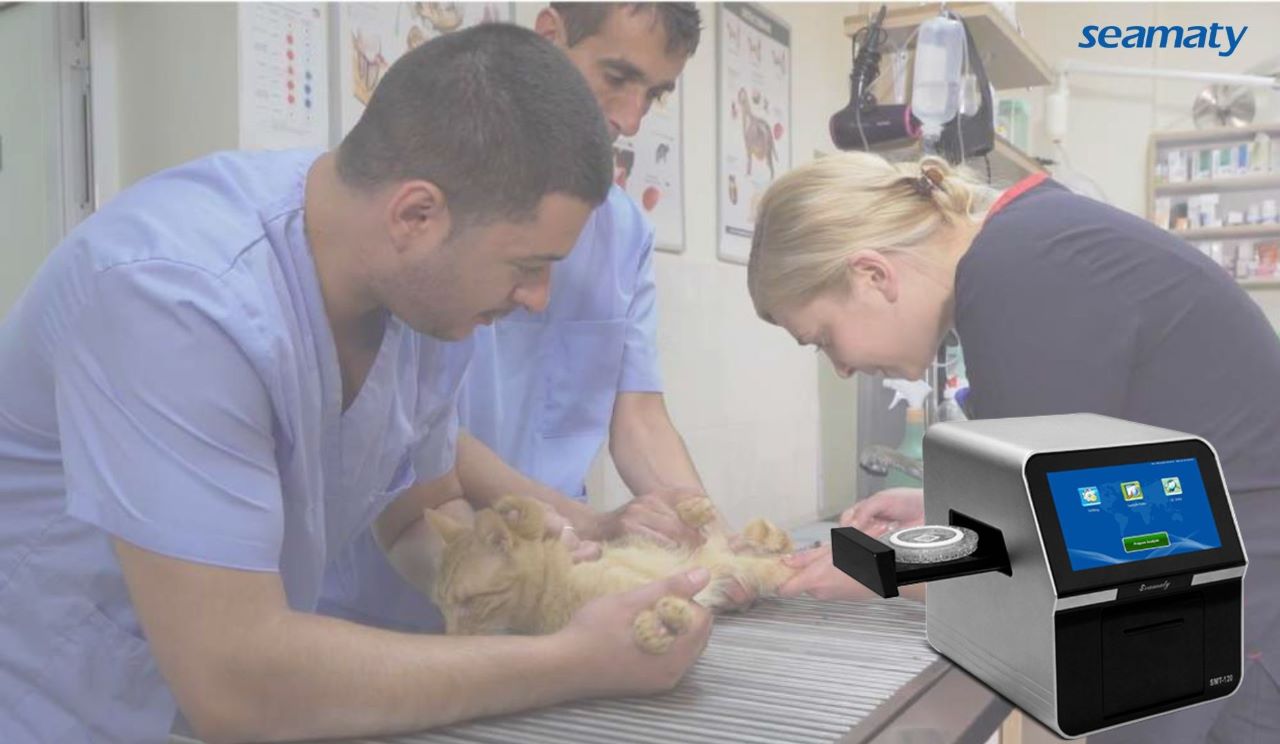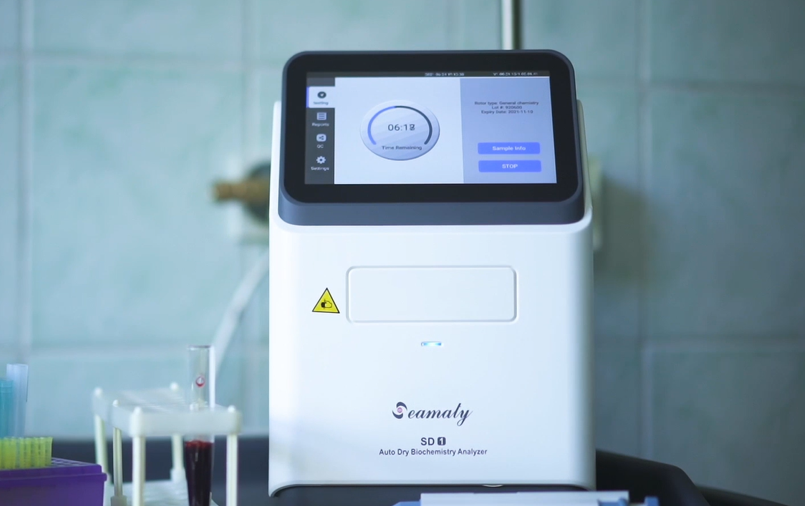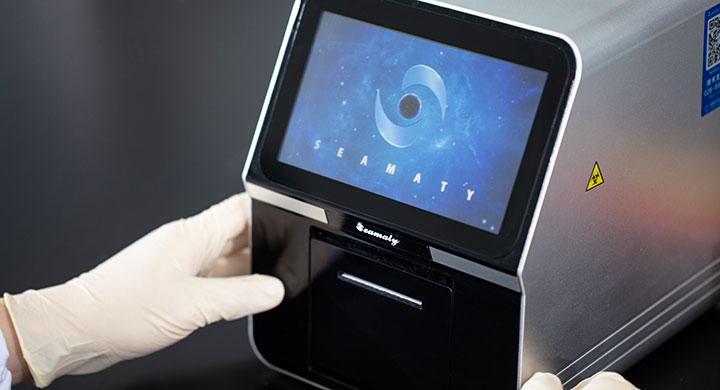release time:2021-10-15 15:26:49

2025-01-23
Seamaty veterinary biochemistry analyzers provide fast, accurate diagnostics for pet healthcare. The compact 120VP model offers comprehensive testing, including biochemistry, blood gas, and electrolytes, ensuring precise treatment and chronic disease monitoring.

2022-07-06
A chemistry analyzer is a device used to test and measure the chemical composition of a substance. This can be anything from water to blood, and is an essential part of many laboratories.Choosing the right chemistry analyzer is therefore important, and there are many factors to consider.

2021-08-04
SD1 is a fully automatic biochemical analyzer successfully developed on the basis of Seamaty series products for medical and health diagnosis and precise reference laboratory experimental results.